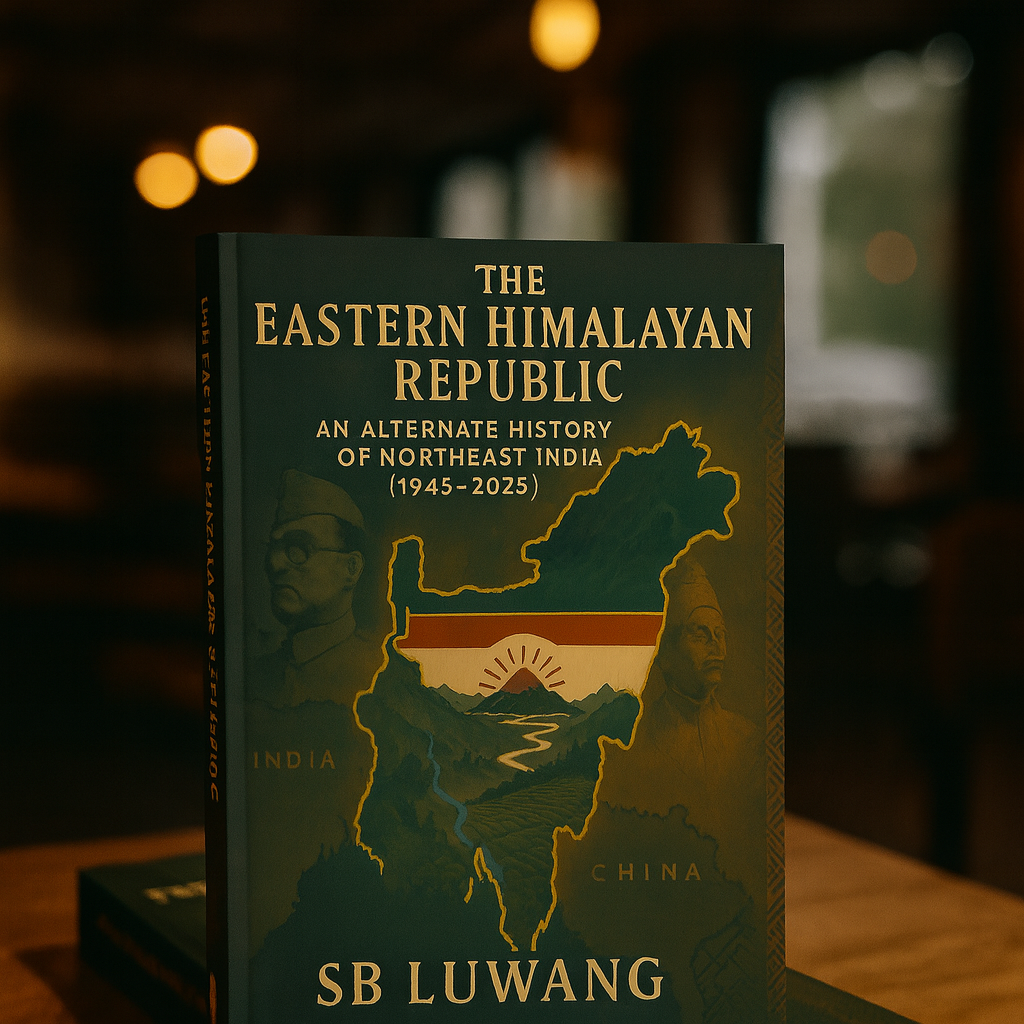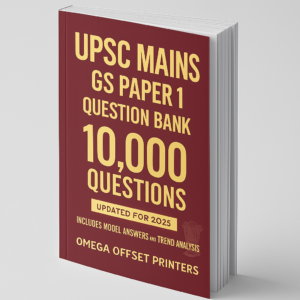What if the Northeast of India had not merged with the Indian Union after World War II?
The Eastern Himalayan Republic: An Alternate History of Northeast India (1945–2025) reimagines a bold counterfactual scenario where Japanese occupation during the Second World War leads to the birth of an independent federation in the hills and valleys of the Northeast.
From the fog of war in 1945 to the geopolitics of the 21st century, this book traces the imagined journey of the Eastern Himalayan Republic (EHR):
-
Its fragile birth under Manipuri royals, Assamese leaders, tribal councils, and INA veterans.
-
Its struggle for survival between India, China, and Burma during the Cold War.
-
Its economic booms in oil, tea, and hydropower alongside ethnic insurgencies and federal tensions.
-
Its gradual integration with ASEAN, emergence as a “Switzerland of Asia,” and balancing act between India’s Act East Policy, China’s Belt and Road Initiative, and US–ASEAN strategies.
-
Its cultural tapestry of tribes, faiths, languages, and festivals woven into a hybrid Eastern Himalayan identity.
Rich in imagination yet grounded in history, this work invites readers to explore how borders, identity, and destiny might have taken a radically different path. It is both a speculative chronicle of an alternate nation and a mirror reflecting the real Northeast’s struggles for agency, recognition, and development.
Bold, thought-provoking, and deeply rooted in the soil of Asia’s forgotten frontier — this is the story of a country that never was, but might have been.





Reviews
There are no reviews yet.